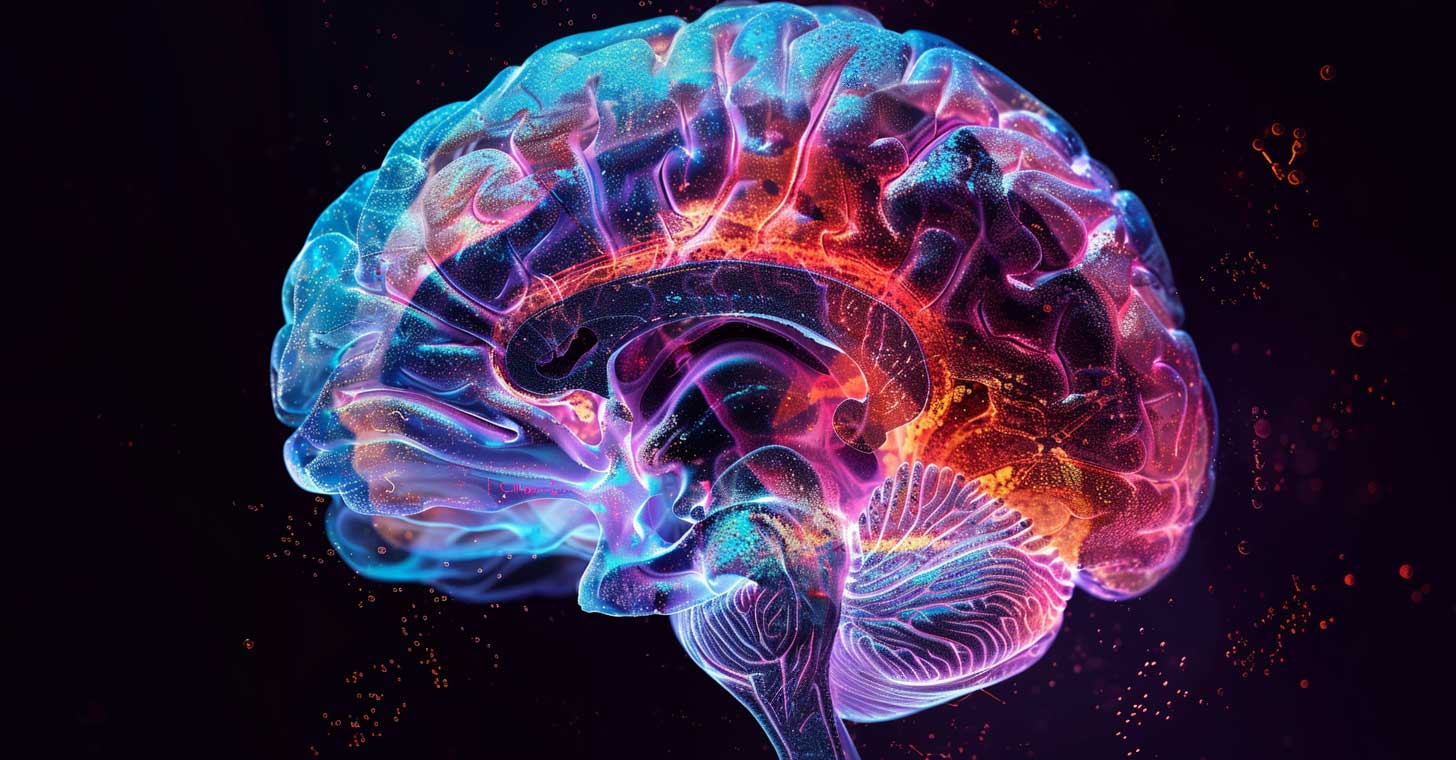
Understanding Parkinson’s Disease: Symptoms, Causes, and Early Signs
Parkinson’s disease (PD) is a progressive neurological disorder that affects movement control, and it’s characterized by a wide range of symptoms that can vary significantly among individuals. The primary symptoms include tremors, rigidity, bradykinesia (slowness of movement), and postural instability. These motor symptoms are due to the loss of dopamine-producing neurons in the brain, particularly in a region called the substantia nigra.
The cause of Parkinson’s disease is still largely unknown, but it’s believed to be a combination of genetic and environmental factors. Exposure to certain toxins and a history of head injury have been linked to a higher risk of developing PD, though not everyone with these risk factors will develop the disease. Early signs of Parkinson’s can be subtle and vary but often include tremors, a change in handwriting (smaller, more cramped writing), loss of smell, trouble sleeping, and movement difficulties.
As the disease progresses, symptoms may worsen and include difficulty walking, talking, and completing simple tasks. Non-motor symptoms can also appear, such as depression, anxiety, cognitive changes, fatigue, and autonomic dysfunction, which can significantly impact the quality of life.
Understanding the early signs and symptoms of Parkinson’s is crucial for early diagnosis and treatment, which can help manage symptoms and improve quality of life. While there is currently no cure for PD, a combination of medications, lifestyle changes, and in some cases, surgery, can help manage the symptoms.
